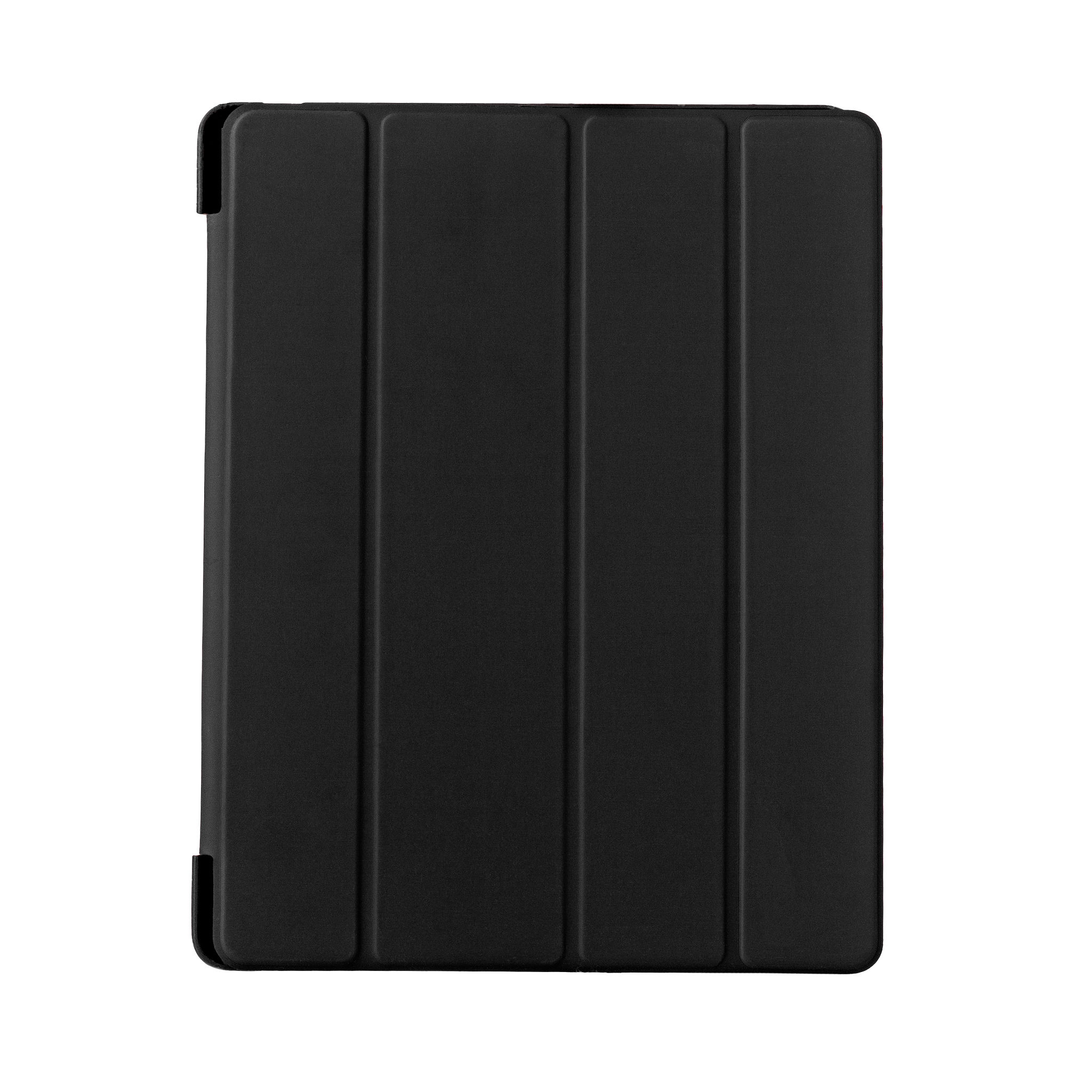The Evolution of Tablet Case Development: What You Need to Know
The Early Days of Tablet Cases
When tablets first entered the market, the idea of a protective case was relatively simple. Early cases focused primarily on safeguarding the device from scratches and minor bumps, utilizing basic materials like leather or neoprene. While they served their purpose, these initial designs lacked the sophistication and functionality that users demand today.
During this period, the main focus was on creating a snug fit for the device, ensuring easy access to ports and buttons. As tablets became more popular, so did the demand for cases that offered not just protection, but style and additional utility.

The Rise of Functionality
As tablets grew in sophistication, so too did their cases. Manufacturers began incorporating features like built-in stands, which allowed users to adjust their viewing angles for better comfort while watching videos or typing. This marked the beginning of cases being seen not just as protective gear but as functional accessories that enhanced the tablet experience.
Furthermore, some cases started to include keyboard attachments, transforming tablets into makeshift laptops. This evolution was driven by the increasing use of tablets for productivity tasks, where a traditional touch-screen keyboard was sometimes insufficient.
Materials and Durability
With functionality becoming a key selling point, the materials used in tablet case production also evolved. Durable plastics, reinforced corners, and shock-absorbing layers became standard features to protect against drops and impacts. These advancements ensured that tablets could withstand more rigorous use without compromising on style or weight.

Customization and Personalization
As the market for tablet cases expanded, so did the desire for personalization. Consumers began seeking cases that reflected their personal style or brand identity. This shift led to a wide range of customizable options, from color choices to printed designs. Some manufacturers even offered custom engraving or printing services to cater to this demand.
This trend towards personalization has made tablet cases not only a tool for protection but also a means of self-expression. Users can now choose from a plethora of designs that suit their taste, be it minimalist, artistic, or tech-savvy.

Integration with Smart Features
In recent years, tablet cases have continued to evolve by integrating smart features. Some modern cases now offer wireless charging capabilities or are equipped with sensors that automatically turn off the tablet screen when closed. These innovations are designed to enhance user convenience and device efficiency.
Moreover, certain high-end cases come with built-in battery packs that extend a tablet’s battery life—an essential feature for users who rely heavily on their devices throughout the day.
The Future of Tablet Cases
Looking forward, we can expect further innovations in tablet case development. With technology advancing at a rapid pace, future cases might incorporate even more advanced features such as biometric locking systems or eco-friendly materials made from recycled products.
The evolution of tablet cases is set to continue in tandem with technological advancements and changing consumer demands. As tablets become more ingrained in daily life, the role of these protective accessories will only grow more significant.
